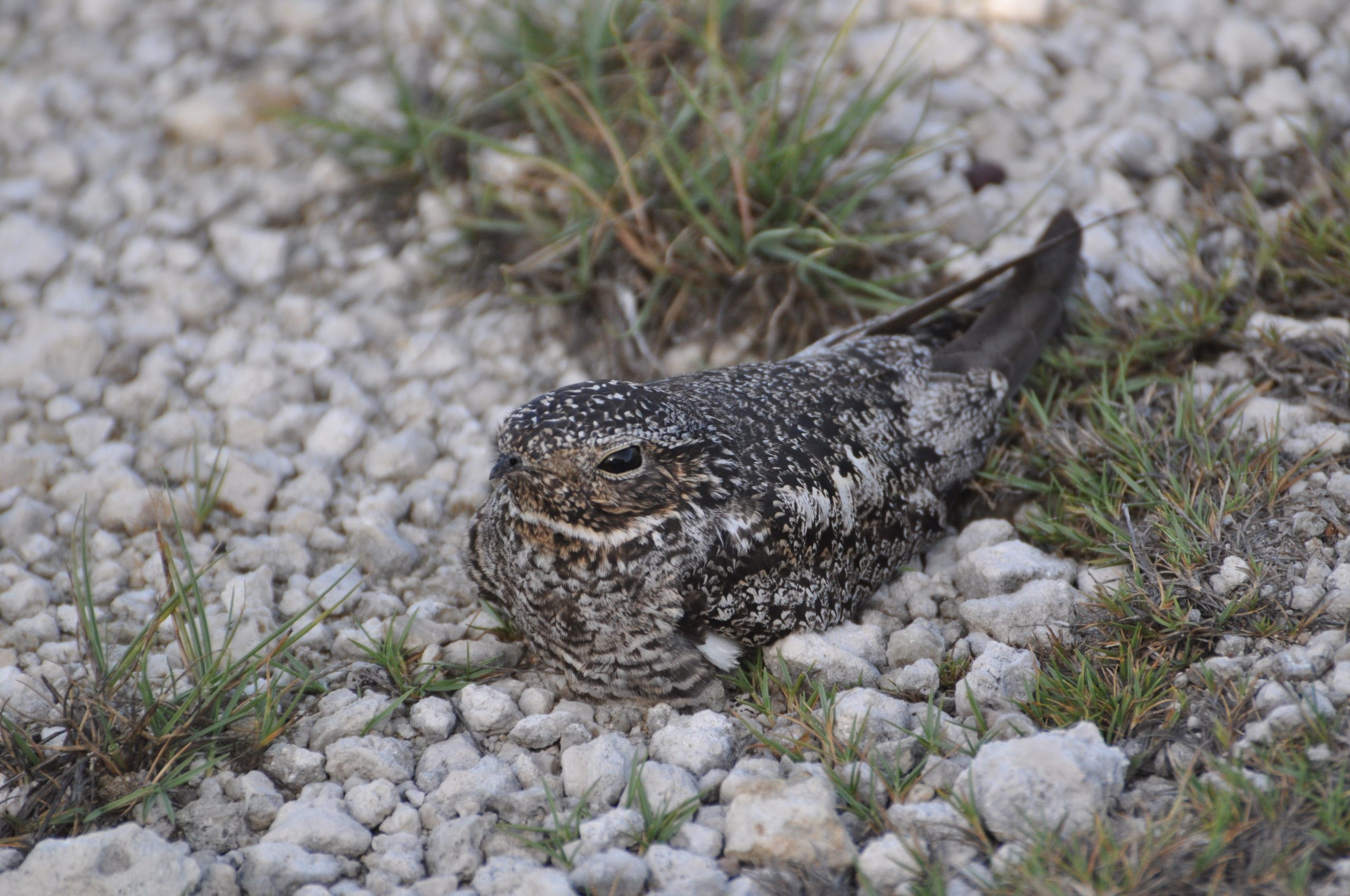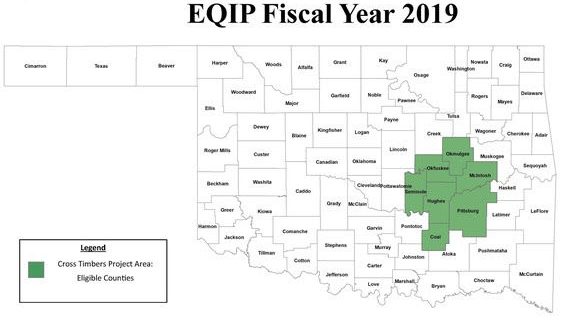Winter can be brutal on occasion and knowing that the cows need to be fed and chores still need to be done are sometimes the only reasons to head outdoors. Nonetheless, nothing beats the feeling of sunshine on a cold brisk winter morning and hearing the birds sing happily in the trees. Even better would be seeing a healthy covey of quail fly off ahead or a monster buck go dashing away into the nearby woods. Making plans this winter to manage agricultural land to benefit wildlife can help lead to seeing healthy and diverse wildlife populations in the future.
When considering a wildlife management plan, it is essential to begin with the end in mind. What is the goal of wildlife management? For example, is the goal to generate income from hunting, to increase habitat for personal hunting experiences or solely for the enjoyment of watching wildlife? Another important aspect is to consider the inventory or limitations to the area being considered. Assess the wooded areas, streams, fields, native vegetation and places where land joins another occupant.
There are several options that improve conditions for wildlife and also benefit producers. One would be to implement conservation tillage practices. While this decreases runoff and erosion, it also provides food for birds, deer and small mammals. Grassed waterways, field borders and windbreaks all provide food and cover. Riparian buffers or filter strips provide feeding and nesting areas, winter shelter and, as an added benefit, the shade and fallen debris can serve as excellent spawning areas to the nearby stream. In addition, simply rotating livestock can offer improved forage for wildlife, increase insect populations for birds and can provide excellent nesting cover.
Food plots can also be an effective way to maintain wildlife populations through the winter. A good food plot would consist of a mixture grasses and forbs and contain both cool and warm season plants. This would provide food to a variety of wildlife for extended periods of time.
There are many reasons to begin managing agricultural land to benefit wildlife. The aesthetic and recreational benefits can lead to new hobbies such as hunting, observation or photography. The improved wildlife habitat provides conservation benefits such as reduced soil erosion and better water quality. There is also the potential for increased income from hunting. By providing areas that are suitable for wildlife, all ages of people can interact and discover the wonders of nature.
For more information, contact Jeri Geren, Diversified Agriculture and Natural Resources, at [email protected] or 620-331-2690.



